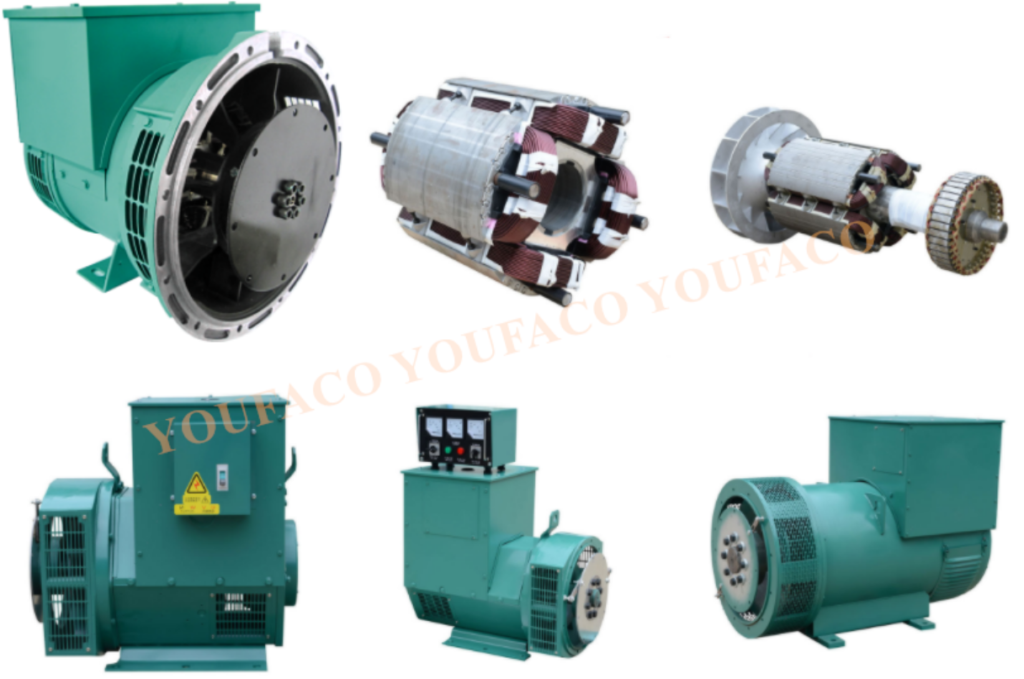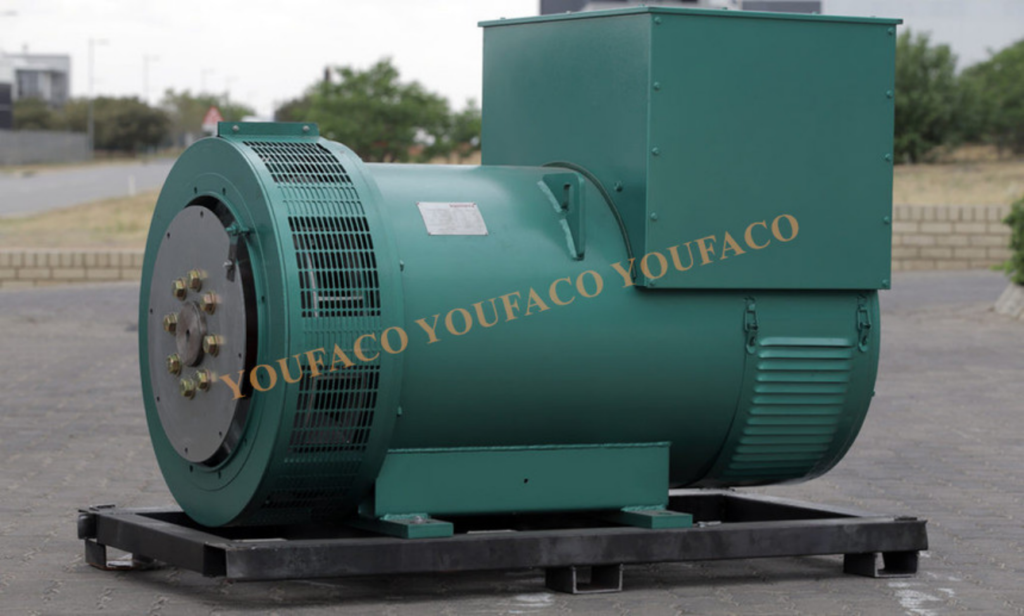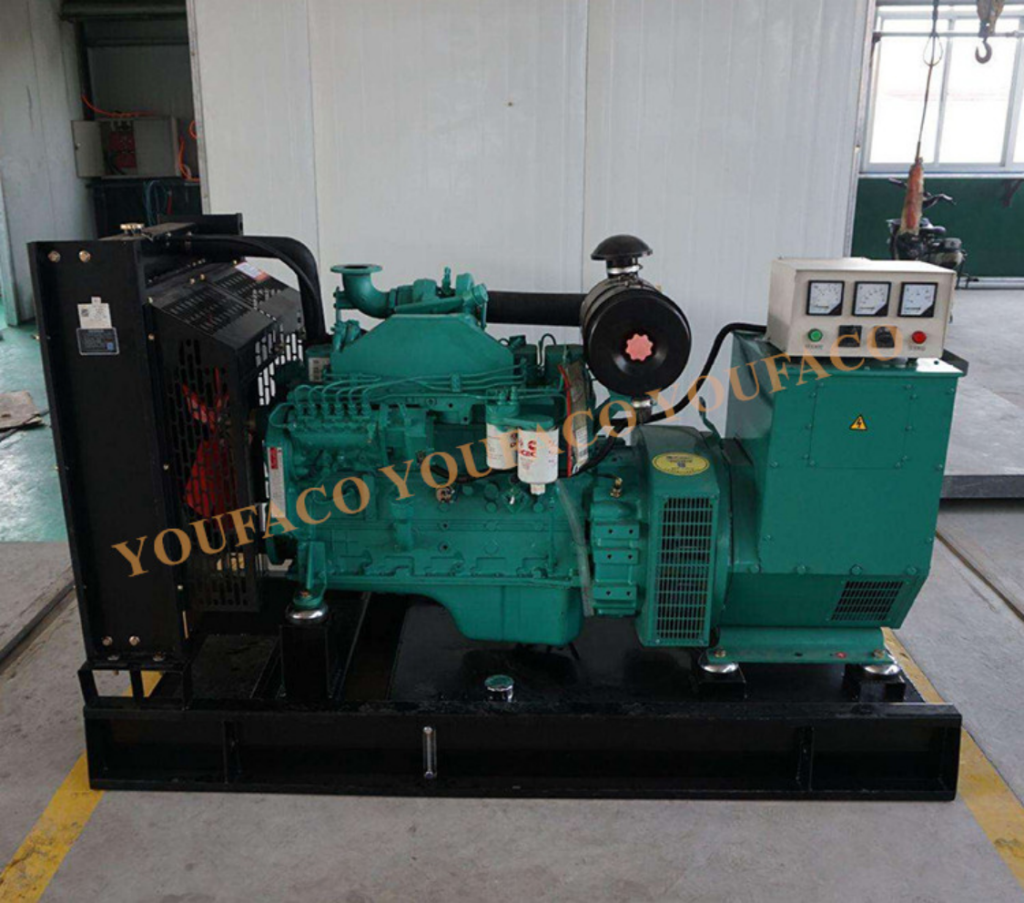


Motorsport has always been a stage where engineering prowess meets high – octane excitement, and English engines have been an integral part of this thrilling world from the very beginning. Their contribution to motorsport history is not just a story of power and speed but also one of innovation, resilience, and a passion for victory.
Early Beginnings: Laying the Foundation
In the early days of motorsport, which can be traced back to the late 19th century, British engineers were quick to embrace the newfound sport of racing cars. The UK had a burgeoning automotive industry, with numerous small – scale manufacturers eager to test their vehicles on the track. These early racers were powered by engines that, while simple by today’s standards, were the result of meticulous craftsmanship.
British engineers experimented with different engine configurations, from single – cylinder to multi – cylinder setups. The goal was to achieve a balance between power output and reliability. These early experiments laid the groundwork for future advancements. For example, the development of more efficient carburetors and ignition systems in British – made engines was a direct result of the demands of early motorsport competitions. These improvements not only made the engines more powerful but also more reliable, which was crucial for long – distance races.
The Golden Age of British Motorsport: Cosworth’s Dominance in Formula One
The 1960s and 1970s are often referred to as the golden age of British motorsport, and a significant part of this success can be attributed to the engines developed by Cosworth. The Cosworth DFV (Double Four Valve) engine became an iconic powerplant in Formula One.
Introduced in 1967, the DFV was a 3 – liter V8 engine. Its design was revolutionary at the time, featuring four valves per cylinder, which allowed for better air – fuel mixture flow and combustion. This led to a significant increase in power output. The DFV quickly became the engine of choice for many Formula One teams. It powered some of the most successful Formula One cars of the era, winning multiple championships. Teams like McLaren, Lotus, and Williams achieved great success with the Cosworth – powered cars. The engine’s reliability and performance were so outstanding that it remained a dominant force in Formula One for over a decade, setting a new standard for engine performance in the sport.
The Turbocharging Revolution: Renault’s Influence on British – Built Engines
In the 1970s, Renault introduced turbocharging technology to Formula One, which had a profound impact on British engine development. While the technology was French in origin, British engineers were quick to adopt and adapt it.
Turbocharging allowed engines to produce more power by compressing the air entering the combustion chamber. British engine manufacturers started experimenting with turbocharged engines, leading to a new era of high – performance racing. However, turbocharged engines also brought new challenges, such as turbo lag and increased engine complexity. British engineers worked tirelessly to overcome these issues. They developed advanced engine management systems to better control the turbocharging process, ensuring a more consistent power delivery. This period of innovation not only improved the performance of British – built engines in Formula One but also had a trickle – down effect on the development of engines for other motorsport disciplines.
Gibson Technology: A Pioneer in Engine Management and Design
Gibson Technology, formerly known as Zytek Engineering, has played a significant role in the history of British engines in motorsport. Founded in 1981, the company initially focused on providing engine management systems, or ECUs, for Formula One.
They made a name for themselves by introducing the first fully electronic engine management system for F1. This innovation allowed for more precise control over engine functions, such as fuel injection and ignition timing. As their expertise grew, Gibson Technology expanded into full – scale engine design and manufacturing. They built engines for various motorsport series, including the Le Mans Series. Their engines were known for their reliability and advanced technology. For instance, they were early adopters of hybrid technology in motorsport, developing and implementing kinetic energy recovery systems (KERS) in their engines. This not only improved the performance of the cars on the track but also demonstrated their commitment to sustainable and efficient engine development.
Modern – Day Significance: Continued Innovation in Hybrid and Electric Powertrains
In the modern era, the motorsport landscape is evolving towards more sustainable and efficient powertrains, and English engines are at the forefront of this change. British manufacturers are heavily involved in the development of hybrid and electric powertrains for motorsport.
For example, Aston Martin’s Valkyrie, a hypercar designed for both road and track use, features a highly – tuned 6.5 – liter naturally aspirated V12 engine. This engine has been optimized for racing, producing an astonishing amount of power while still maintaining a high level of reliability. Additionally, the company is exploring hybrid technology, combining the internal combustion engine with electric motors to create a more powerful and efficient powertrain.
In the world of electric motorsport, such as Formula E, British engineering expertise is also evident. British companies are involved in developing electric motors, batteries, and energy management systems. The knowledge and experience gained from traditional internal combustion engine development are being applied to this new frontier of motorsport, ensuring that English engines continue to be relevant and competitive in the ever – changing world of racing.
English engines have left an indelible mark on motorsport history. From the early days of experimentation to the modern – day pursuit of sustainable and high – performance powertrains, they have consistently pushed the boundaries of what’s possible. Their legacy of innovation, reliability, and performance continues to inspire and drive the development of motorsport around the world. Whether it’s the roar of a classic Cosworth – powered Formula One car or the silent but powerful acceleration of an electric race car, the role of English engines in motorsport will always be remembered as a testament to the country’s engineering excellence.




